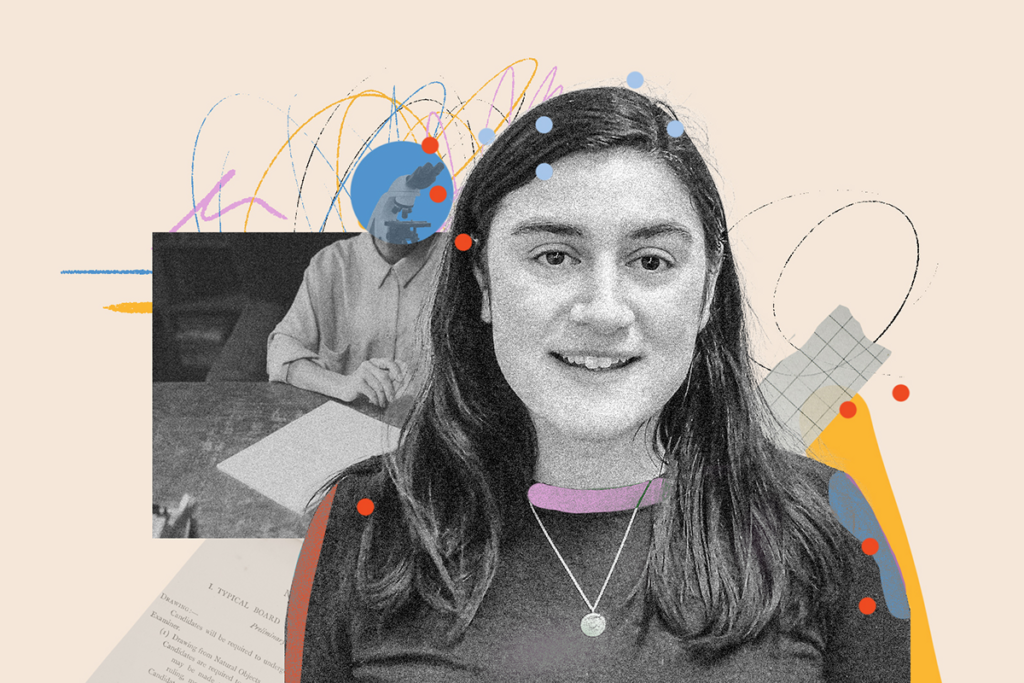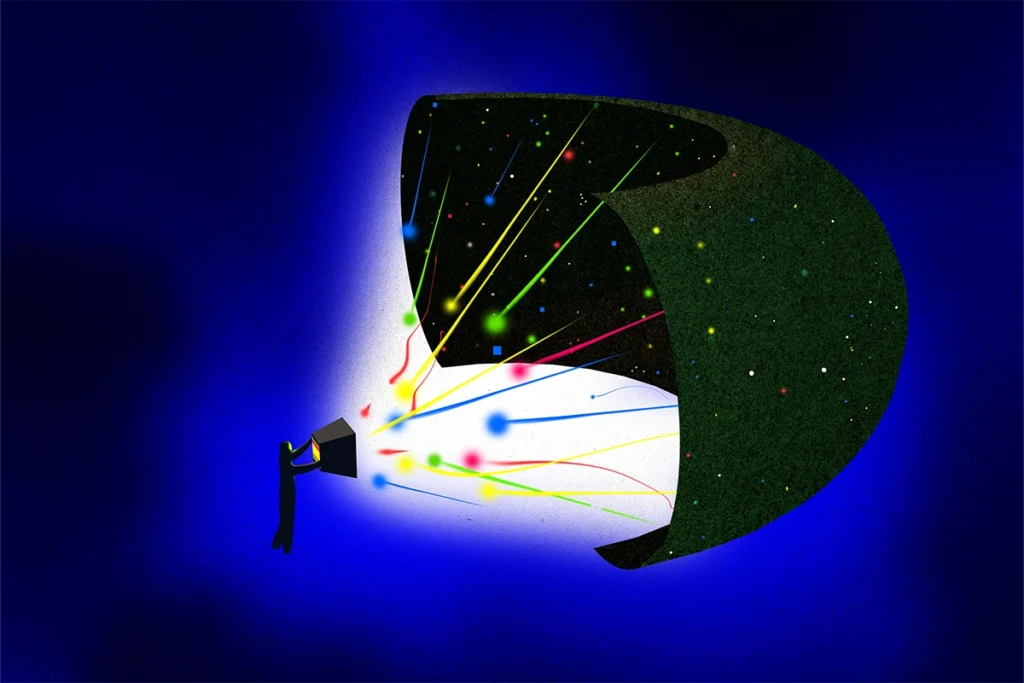After a few years of teaching introductory neuroscience courses, Liz Kirby found herself increasingly frustrated by the price of textbooks, which can cost hundreds of dollars. For her undergraduate students, many of whom are first-generation college students from underprivileged socioeconomic backgrounds, the materials were sometimes prohibitively expensive.
“As a professor, I have complete control over what textbooks I assign in my course,” says Kirby, associate professor of behavioral neuroscience at Ohio State University. “That was one area where I felt like I could make a difference. I initially thought I would make a difference by assigning something that was free. But I couldn’t find anything, so I thought, ‘Well, maybe I can make something.’”
The result is “Introduction to Behavioral Neuroscience,” a new open-access textbook for undergraduate neuroscience courses, published on 13 November. Developed with funding from the National Science Foundation (NSF), the book is a free educational resource that Kirby says she hopes will inspire a new wave of accessible teaching tools.
She and her co-editors also wanted the new book to highlight the full spectrum of people who participate in modern neuroscience. The textbook features a diverse swath of contributors and reviewers at different career stages. Undergraduate students also contributed heavily to the book’s development.
“If you look across the market for the kind of textbooks our book would compete with, their authors are almost all males, and almost all present as probably being Caucasian,” Kirby says. “It’s a very narrow view of what neuroscience is; we don’t have to do that anymore.”
The Transmitter spoke with Kirby about how she secured funding for the book, the role of students in its creation and how she hopes educators get more open-access neuroscience textbooks into classrooms.
This interview has been edited for length and clarity.
The Transmitter: How did the textbook come together?
Liz Kirby: Of all the places I knew that might be interested in helping to make something like this, I thought of the NSF. I met with program officer Evan Balaban back in 2020 and asked if they had a funding mechanism for creating open-access educational materials. It turned out there was not, but he liked the idea. He talked with other people at the NSF and said that we should apply for an EAGER grant.
In the process, I recruited an editorial board of three other co-editors: Christina Williams from Duke University, Melissa Glenn from Colby College and Noah Sandstrom from Williams College. We submitted our initial grant application to the NSF, they funded us, and then we were off. We had money to help cover a lot of the essentials, such as providing honorariums for contributing authors, making new images and helping to pay to host the textbook on the OpenStax website, a nonprofit publisher.
TT: Many of the textbook’s contributing authors and reviewers are women or members of underrepresented groups. Why is the inclusion and representation of diverse voices important in a resource like this?
LK: That was one of our primary goals. We thought, because we’re making something completely new, we’re not tied down to the ways of the past. We can reimagine a lot of the ways that a textbook is created. If we were going to have more than 20 authors, why can’t those authors help represent the diversity of neuroscience? Why can’t we help demonstrate to students who a neuroscientist is? We purposely set out to recruit authors who came from a variety of backgrounds, institutions and career levels.
The second way we approached this goal was through the illustrations. There is a common problem in textbook illustrations of having very monochromatic ideas of what a representative human looks like. Researchers have started looking at this systematically, going through textbooks and categorizing how illustrations are represented. And what you find is a severe overrepresentation of white phenotypes and men. Because we were going to make all new illustrations, we set out to create a lot more diversity in them.
TT: What elements of the textbook do you think will resonate most with young neuroscientists?
LK: I’m hoping the author interviews will be something unique for students. In many of the interviews, authors give advice to college students. Some of them talk about their own struggles—being discouraged from doing science when they were young, for example. Others talk about being from underrepresented backgrounds and figuring out how to find their place in neuroscience through that. I’m hoping that those kinds of resources will stand out to students.
TT: Can you tell us about the role of students in developing this book and why it was important to get their input?
LK: Students are the target audience, so we need textbooks that they will find interesting and approachable and that ideally will inspire them to love neuroscience. We involved students as reviewers and hired undergrads to help make some of our illustrations. Additionally, one undergraduate student, India Carter, did all of our author video interviews. She arranged the whole thing completely independently, including figuring out what questions to ask the authors. All of that was designed to make sure that we made a textbook that retains students’ interest, possibly inspiring them to pursue neuroscience in their undergrad career and beyond.
TT: Can you comment on the state of neuroscience textbooks and what you hope to achieve with this new open-access resource?
LK: There are probably five or six major commercial texts that have significant usage in the United States. They’re all high quality and are written by highly qualified people. But they cost anywhere from $50 to $300, depending on the textbook. Aside from ours, I don’t know of any that cover our specific kind of material and are open access. Other open resources cover parts of the topics we do in our book at different levels. Carlos Aizenman, professor of neuroscience at Brown University, has put together a nice list of open-access educational resources in neuroscience.
I hope there are more books like this. Because none of the authors make any money from book sales, we don’t have to be protective of it. I hope someone makes an open-access introduction to behavioral neuroscience textbook that’s like ours but has chapters that are presented a little bit differently, with different authors. That way, students and instructors can have some choices about which book they use—and they can all be free.





